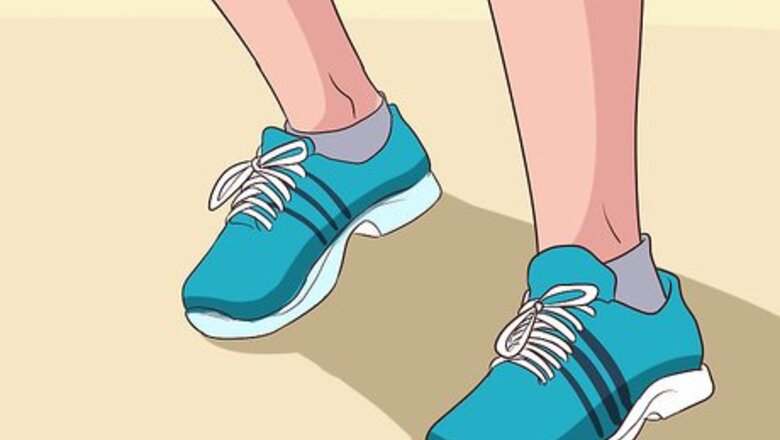
views
X
Trustworthy Source
National Institute of Diabetes and Digestive and Kidney Diseases
Health information from the National Institute of Diabetes and Digestive and Kidney Diseases, a division of the U.S. National Institutes of Health
Go to source
BPH is a well-researched and treatable disease, and while it can often be managed through simple home remedies, professional help is available for those with more severe symptoms.
Changing Your Lifestyle
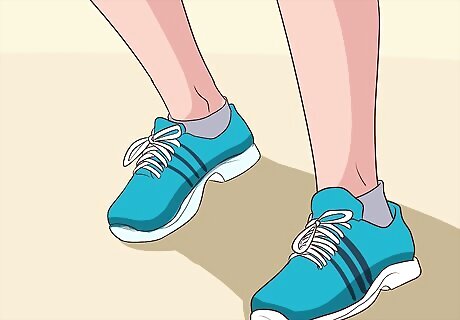
Get active and exercise frequently. To help with an enlarged prostate, make sure you’re staying active and engaged through mild, low-intensity activities like walking. Look for exercises that put your waist and legs to work through gentle motions, bringing circulation to the area around your pelvis. Avoid generally stressful exercises, like heavy weight training, and exercises that add extreme, repetitive stress to the pelvic area, like cycling and rowing. These can irritate the area around the prostate and make your symptoms worse. Kegel exercises, like tightening the muscles around your scrotum and anus, can help strengthen your pelvic region and reduce symptoms of BPH.
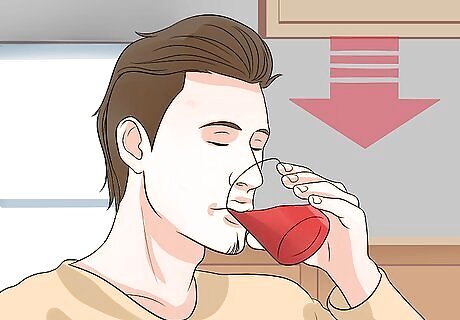
Lower the amount of caffeine and alcohol you consume. Coffee, soda, energy drinks, hot cocoa, tea, alcohol, and similar diuretics can weaken your bladder and add to any urination problems you’re already experiencing. Cut down the amount of caffeine and alcohol you drink, taking particular care to not consume any 3 to 4 hours before bed. If you have trouble cutting down, try slowly reducing your intake over a series of multiple weeks. Switch to non-caffeinated beverages if you have trouble cutting out sugar.
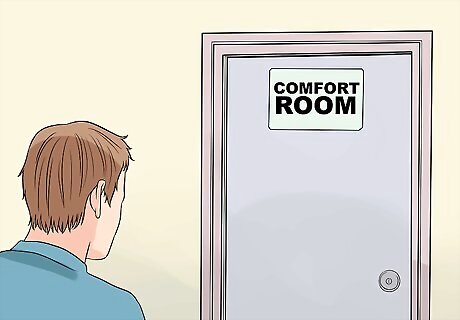
Retrain your bladder by holding your urine longer and double-voiding. The most common effects of BPH involve slow or frequent urination. To combat this, work on retraining your muscles whenever you have to use the restroom. Some simple ways to do this include: Hold in your urine for a small period of time whenever you have to pee. Start by holding for 1 to 2 minutes, then add more minutes once you can hold it successfully. Waiting a few minutes after peeing to try and make more urine come out, known as double-voiding.
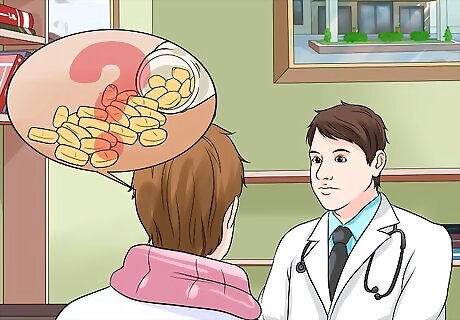
Monitor your use of medications. Many common over-the-counter medications contain decongestants, antihistamines, and other elements that can worsen BPH symptoms over time. Be aware of these risks when taking cold or allergy medications, sleep aids, hypertension medication, antidepressants, and antispasmodics. Talk with your doctor about any adverse effects caused by over-the-counter or prescribed drugs and whether or not it is safe for you to stop using them.
Taking Specialty Medications
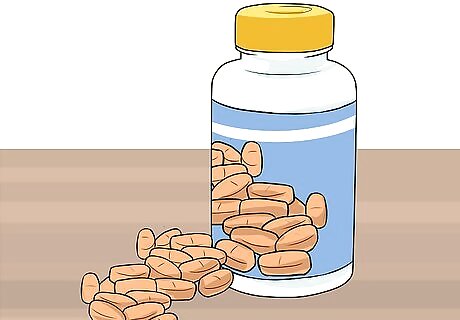
Take beta-sitosterol tablets for immediate urinary improvement. Beta-sitosterol is a compound found in plants that, when absorbed by the body, can lead to short-term urinary improvement. Look for over-the-counter beta-sitosterol dietary supplements with terms like ‘Prostate Health’ written on the label. Look for products with doses between 200 and 400 mg per day. Foods rich in beta-sitosterol, like pumpkin seeds, may be used in addition to or instead of dietary supplements. Beta-sitosterol it is often used to treat high cholesterol, so expect lower levels during active use. When taken at recommended doses, beta-sitosterol tablets are generally recognized as safe, having no major side effects or negative interactions aside from a reduction of how many A-carotene, B-carotene, and E vitamins your body can absorb.
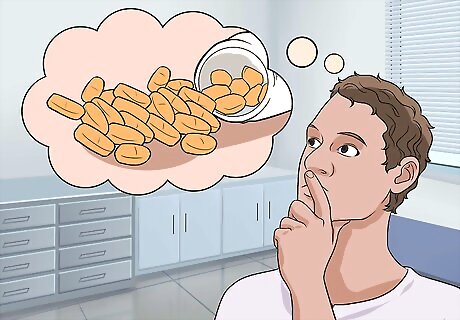
Take saw palmetto extract pills to help shrink the glands around your prostate. Saw palmettos are a type of fruit found in the Southeastern United States, the extract of which has been found to help those suffering from BPH. Though it does not shrink the prostate itself, it shrinks the gland around it by preventing the creation of dihydrotestosterone. Saw palmetto pills can be purchased as an over-the-counter dietary supplement. Look for pills with doses of at least 320 mg per day. In some studies, saw palmetto extract was found to be more effective than prescription drugs. Though viewed as safe for most people, side effects of saw palmetto may include nausea, vomiting, diarrhea, constipation, headaches, dizziness, or impotence. Stop taking saw palmetto if you begin to bruise or bleed easily, have bloody stools, cough up blood, or experience pain in your upper stomach or liver. If you are currently on hormone replacement therapy, blood clot medicine (such as clopidogrel, dalteparin, and warfarin), or an NSAID drug like aspirin or ibuprofen, consult with your doctor before taking saw palmetto extract.
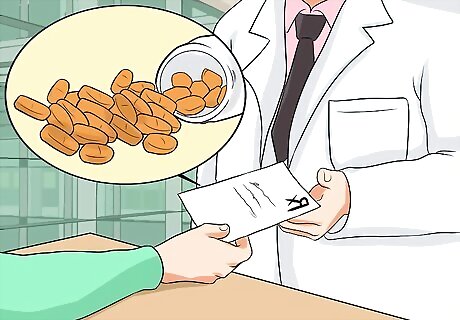
Get a prescription for alpha blockers to help your bladder muscles relax. Alpha blockers are specialty drugs that can help your bladder muscles relax, relieving some symptoms of BPH and making urination easier. Alpha blockers are most effective for those with moderate prostate enlargement. Ask your doctor about prescription drugs like terazosin, doxazosin, tamsulosin, and alfuzosin. Because alpha blockers were originally used for people with high blood pressure, the most common symptom experienced is decreased blood pressure. Alpha blockers can lead to decreased ejaculation and should not be combined with erectile dysfunction medication. Check with your doctor before using alpha blockers with erectile dysfunction medication, blood pressure medication, medicine to treat HIV/AIDS, antibiotics, antidepressants, or water pills. Medical treatments are often effective at the start of the condition but can become less effective over time.
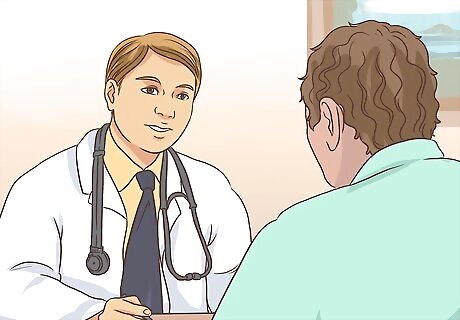
Use 5-alpha reductase inhibitors to help shrink your prostate over time. 5-alpha reductase inhibitors are drugs that prevent the body from transforming testosterone into dihydrotestosterone, a hormone that causes the prostate to grow. Though they are not fast acting, these enzyme inhibitors can shrink the prostate over time. Ask your doctor about finasteride, dutasteride, botulinum toxin, and similar prescription medicines. Be aware that 5-alpha reductase inhibitors can artificially lower PSA levels, making it difficult to screen for prostate cancer. Before taking 5-alpha reductase inhibitors, tell your doctor if you use conivaptan, imatinib, isoniazid, antibiotics, antifungal medications, antidepressants, heart or blood pressure medication, or medicine to treat HIV/AIDS.
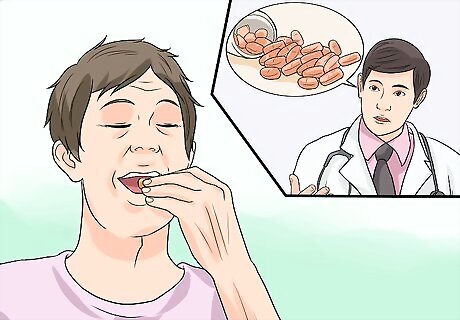
Try PDE5 inhibitors to relax the muscles around your bladder. Though typically used for erectile dysfunction, PED5 inhibitors can relax the muscles around your urinary tract, reducing symptoms of BPH and making it easier to urinate. Ask your doctor about drugs like Cialis, Levitra, and Viagra. Before use, be aware that researchers are still looking into the long-term treatment effects of phosphodiesterase-5 inhibitors on BPH. Common side effects of BDE5 inhibitors include headaches, nausea, muscle pain, sleep problems, blurry vision, and stuffy noses. Check with your doctor before taking BDE5 inhibitors with alphas blockers, antibiotics, antifungal medication, medicine to treat HIV/AIDS, seizure medicine, or high blood pressure medications.
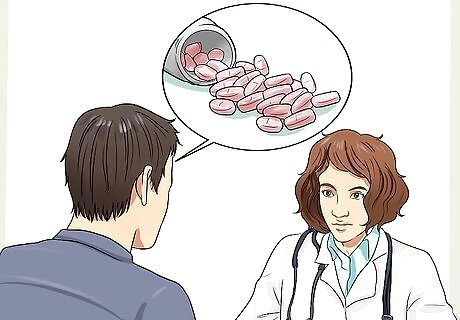
Ask your doctor before combining multiple drugs. In some cases, two specialty medications may be more effective at treating BPH when combined. Ask your doctor about mixing finasteride and doxazosin, dutasteride and tamsulosin, or alpha blockers and antimuscarinics. For safety, do not mix any over-the-counter or prescription medications without your doctor’s approval.
Undergoing Procedures
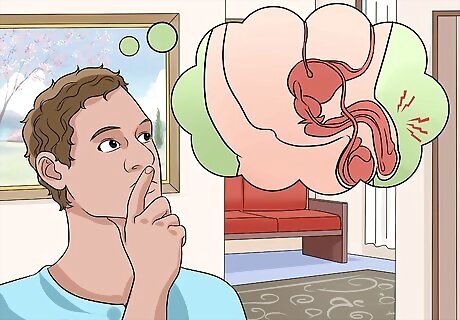
Ask your doctor about TURP if you have experienced medium prostate growth. Transurethral Resection of the Prostate is the most common surgery used to combat BPH. During the procedure, your doctor will place a resectoscope inside your urethra and use light and electricity to remove the inner section of the prostate. In most cases, BPH symptoms are relieved very quickly after the procedure. After undergoing TURP, you will be limited to light activities, may need to use a catheter, and will stay in the hospital for up to 48 hours.
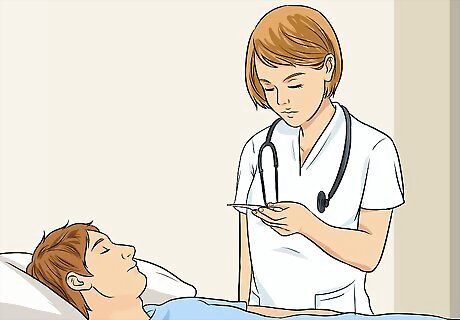
Try HoLEP if you have a particularly large prostate. During a Holmium Laser Enucleation of Prostate procedure, a resectoscope laser is placed inside the urethra. A surgeon uses the laser to destroy and cauterize prostate tissue, causing little bleeding. HoLEP procedures are known for their short recovery time, though expect to use a catheter for 1 to 2 days after.
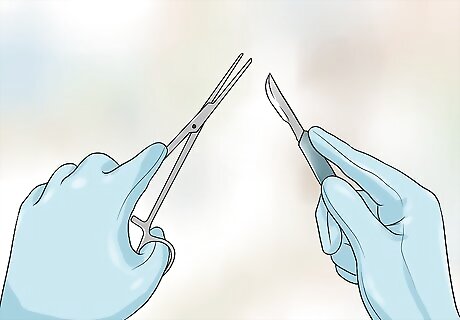
Seek out TUIP if you have extreme blockage. Transurethral Incision of the Prostate procedures are designed to treat small prostate glands that are causing major urinary blockage. During this surgery, small incisions are made along the bladder neck to make the urethra larger. Expect a hospital stay of up to three days to recover. Due to its invasive nature, a TUIP procedure may lead to urinary tract infections, dry orgasms, urinary incontinence, or erectile dysfunction.
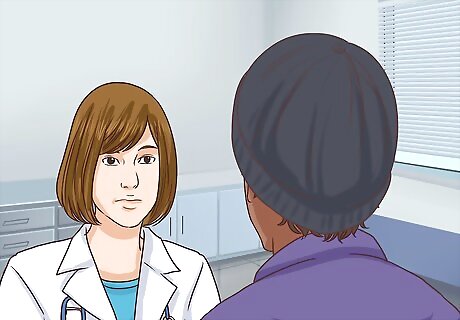
Ask about TUMT if you have small prostate glands. During a Transurethral Microwave Thermotherapy procedure, your doctor will insert a small electrode into your urethra. Using microwaves, the electrode will destroy the inside of the prostate, allowing it to shrink back down. Recovery generally takes 2 to 3 days, and you can expect to see results 6 to 12 weeks after the procedure.

Try TUNA if you have heavy bleeding issues. During a Transurethral Needle Ablation procedure, a small scope is run through your urethra, allowing needles to reach the prostate. These needles heat the prostate using radio waves, destroying enlarged muscle tissue. Expect to take between 2 and 3 days for recovery.
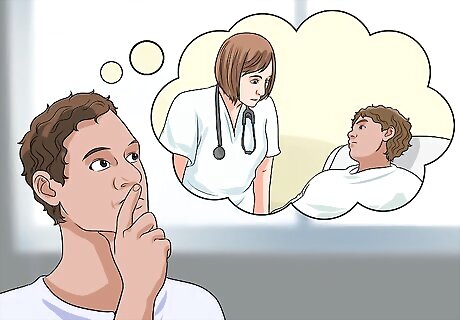
Seek out a simple prostatectomy as a last resort. In some cases, the only effective way to deal with an enlarged prostate is through a more traditional surgical procedure. During a prostatectomy, the surgeon makes a cut through the perineal area or abdomen. This cut is used to remove part of the prostate. Simple prostatectomies can be performed open or using robotics. Simple prostatectomies often have longer recovery times than other procedures, ranging from 4 to 6 weeks, and can put you at risk of bleeding, urinary incontinence, dry orgasms, and erectile dysfunction.
















Comments
0 comment